A special election for Florida House District 7 is taking place today, June 17th. The district has the largest land mass in the state; covering 9 whole counties, and part of Leon, in North Florida.
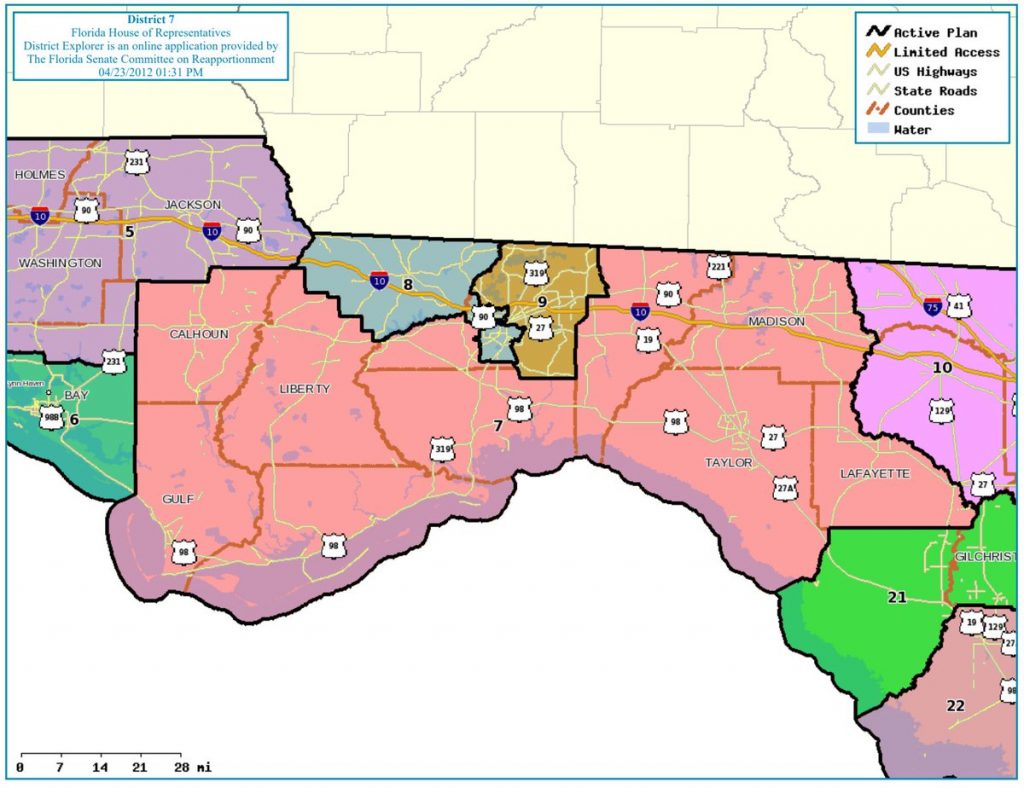
The seat became vacant after Republican Rep Halsey Beshears was appointed to Governor Ron DeSantis’ administration. Normally an election for a seat that backs Republicans with over 60% of the vote wouldn’t get much attention from me. However, the nature of this district makes it worth talking about. You see, despite being a solidly GOP seat, HD7 stands as the last of Florida’s rural, conservative Democratic seats.
Background
In 2012, I wrote an article, “Florida House District 7: Last Stand of the Dixiecrats“, detailing the race for the then-open seat of HD7. At the time, the district was over 60% Democratic in registration but was expected to be a likely GOP pickup.

The district sits in North Florida, looping around Leon County (home to Tallahassee). The region was filled with conservative, rural democrats that routinely backed local democratic officials but were much more conservative for federal and some state offices. 2016 registration showed a large democratic contingent in North Florida.
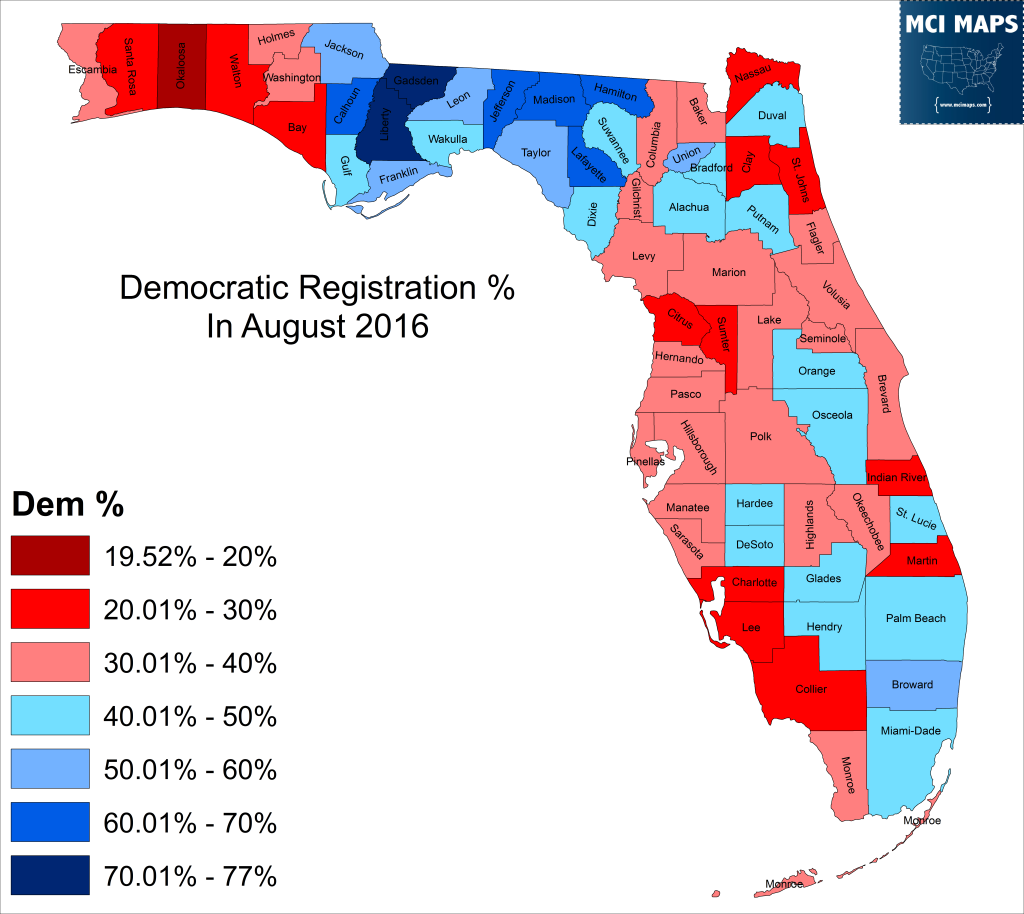
When the Presidential results came in, the North Florida counties, minus Leon and Gadsden, were red.
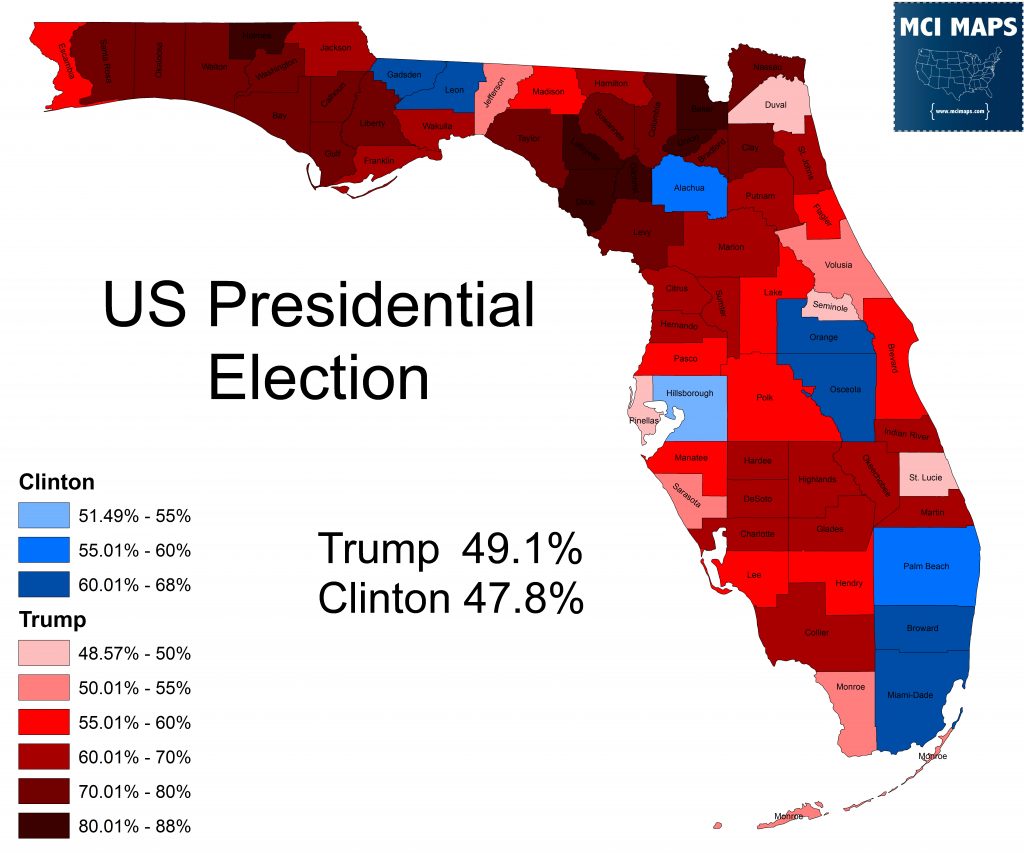
This discrepancy isn’t new in North Florida. In 2012, Obama drastically under-performed Democrats in North Florida.
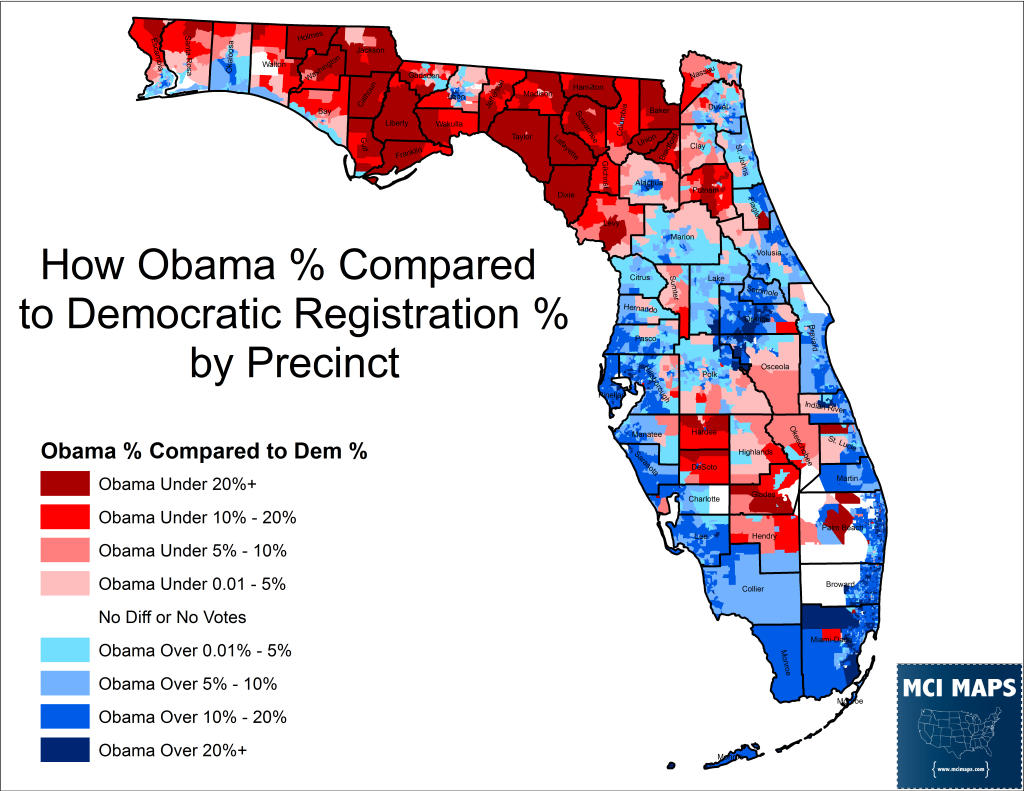
So why are all these people registered Democrats but don’t vote for the candidates? They do vote Democratic for local offices. Control of county commissions and local officers have long been in Democratic hands in the region. After 2014, all HD7 counties but Wakulla were in Democratic control.
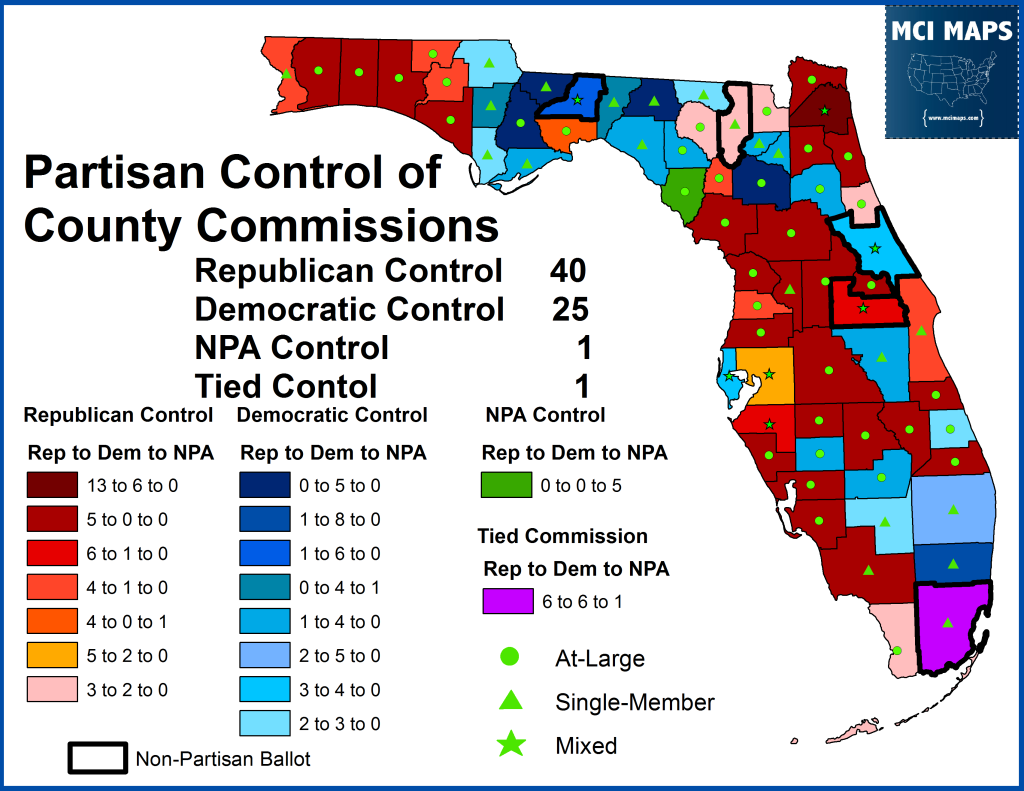
I’ve been tracking the conservative Democrats of North Florida for years. For more details, check out my 2016 article.
The Creation of HD7
House District 7, as it exists now, was created in 2012’s round of redistricting. Under the old lines, Democrat Leonard Bembry of HD10 was the last standing conservative/rural Democrat. His district stretched across the eastern portion of the new HD7. Bembry survived a 2010 challenge. Meanwhile, Democrat Debbie Boyd lost in her ancestral Democrat HD11 that same day.
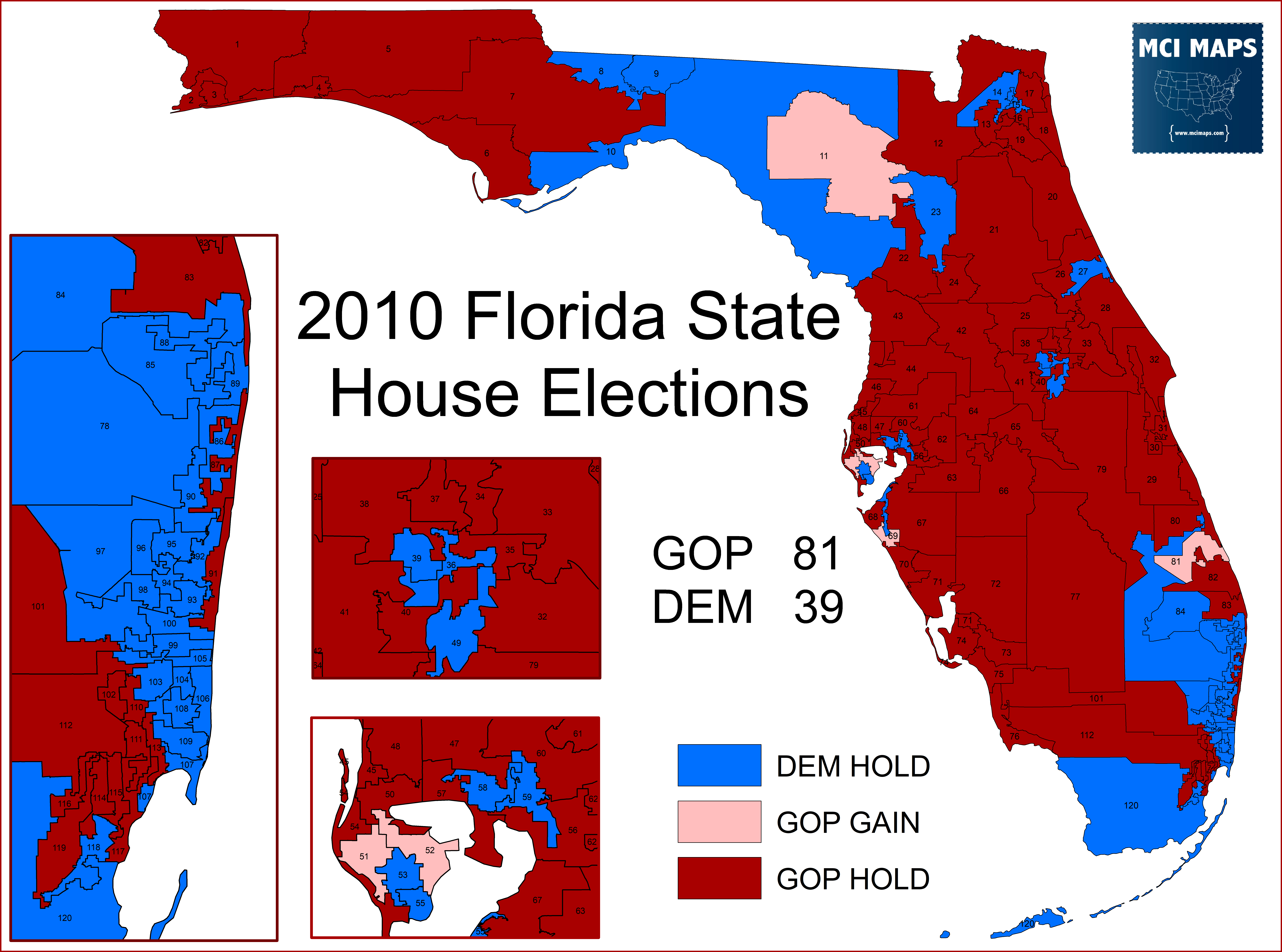
The western portion of what is now HD7 was part of a much larger 7th district that stretched all the way to the western panhandle – combining ancestral democratic regions with Republican communities. The new HD7 did a better job creating a seat that kept ancestral democrats who lives around Leon (the capital county) together. The seat started off at 63% registered Democrat.
Both districts 8 and 9 are based in Tallahassee and Gadsden and would not be considered conservative. They remained largely the same after redistricting.
Despite this registration advantage, the seat was expected to go for Mitt Romney with ease. While there was some hope a local democrat could have a shot at winning it, there was a concern about growing GOP support further down ballot. Bembry made a run for Congress, losing a primary to Al Lawson.
The thing that gave Democrats some modest hope was that the district had been close in select races. In 2010, Alex Sink almost won the district, falling by just a few %.
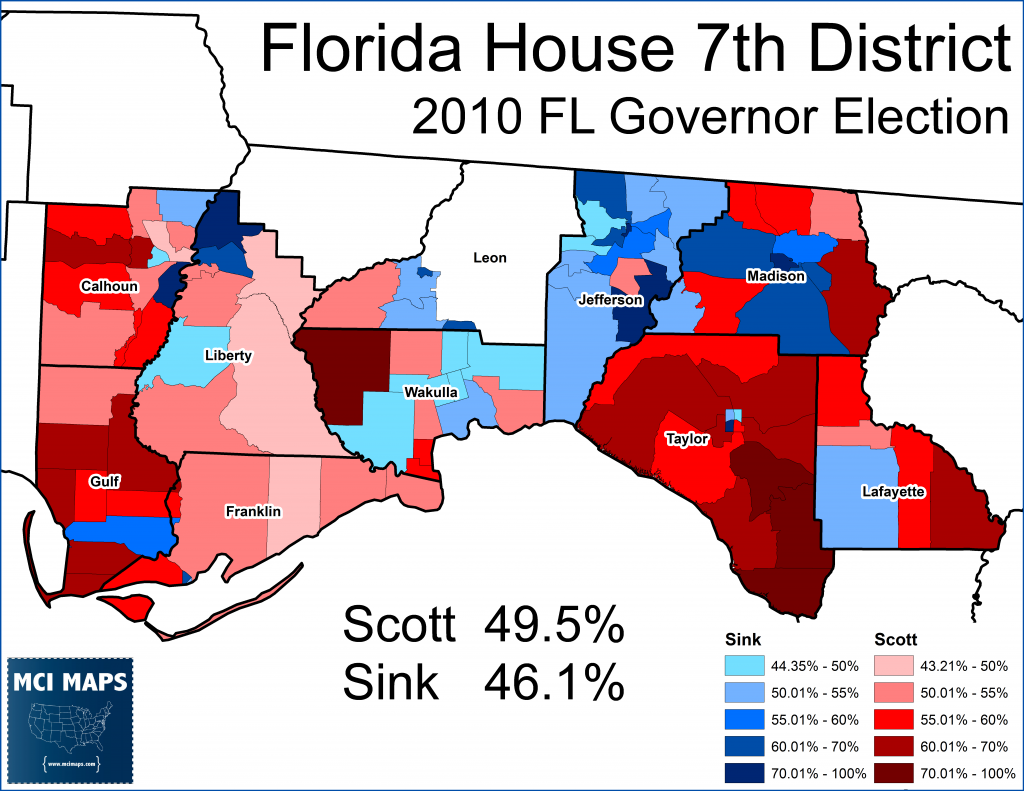
Her margin was far better than Obama’s 08 share, or the share he would get in 2012. Obama only managed 36% in his 2012 re-election.
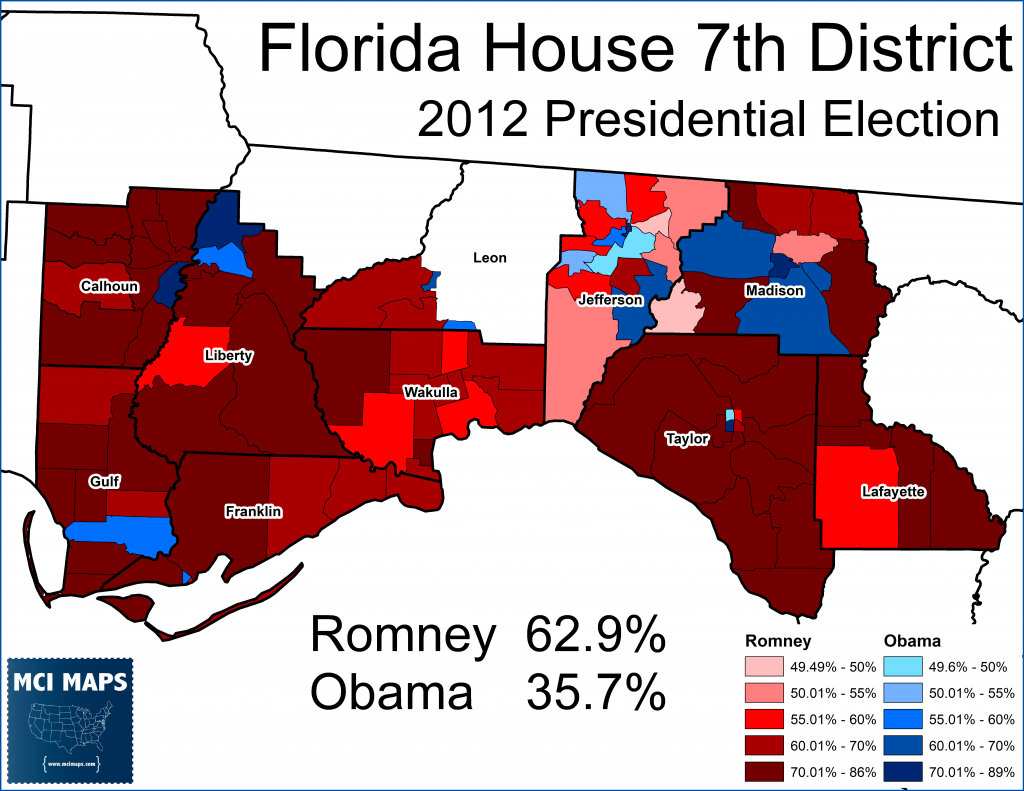
However, despite Obama’s loss, Bill Nelson, who at that point still had a strong relationship with ancestral Democrats in rural Florida, managed a narrowly win in the district.
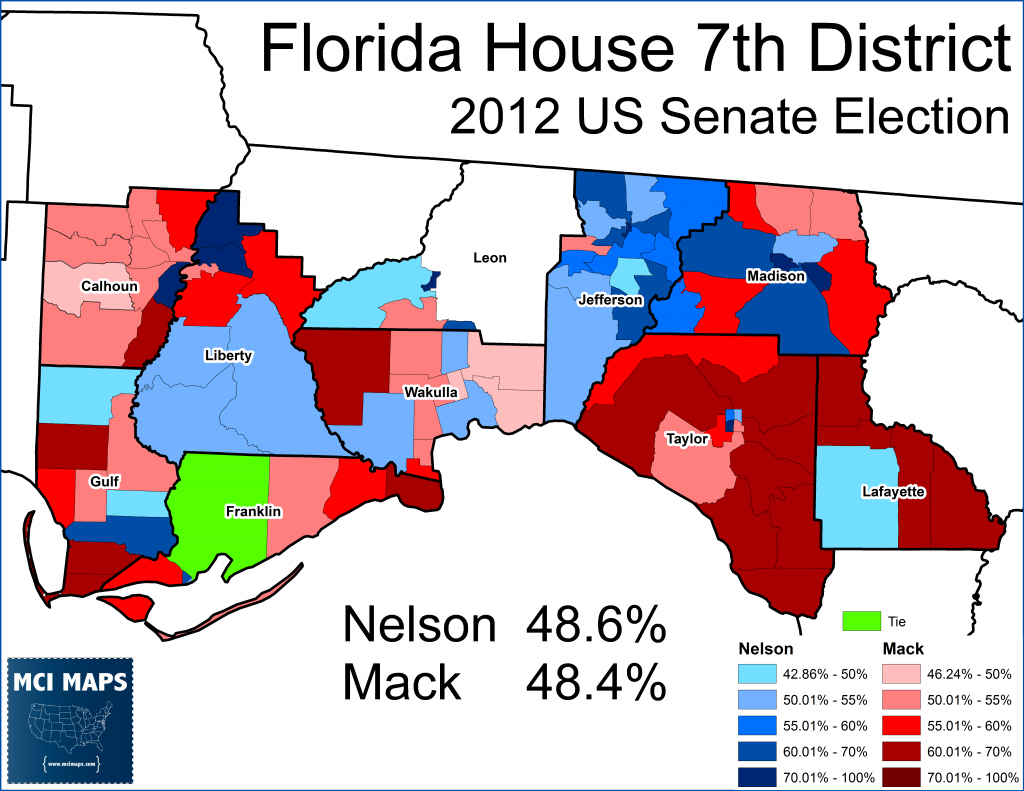
2012 State House Race for HD7
Both sides had major primaries for the seat. Three Democrats ran and Democrat Robert Hill emerged victorious. Hill was a conservative Democrat and the Clerk of Court for Liberty County. Hill’s Liberty County base fueled his primary win.
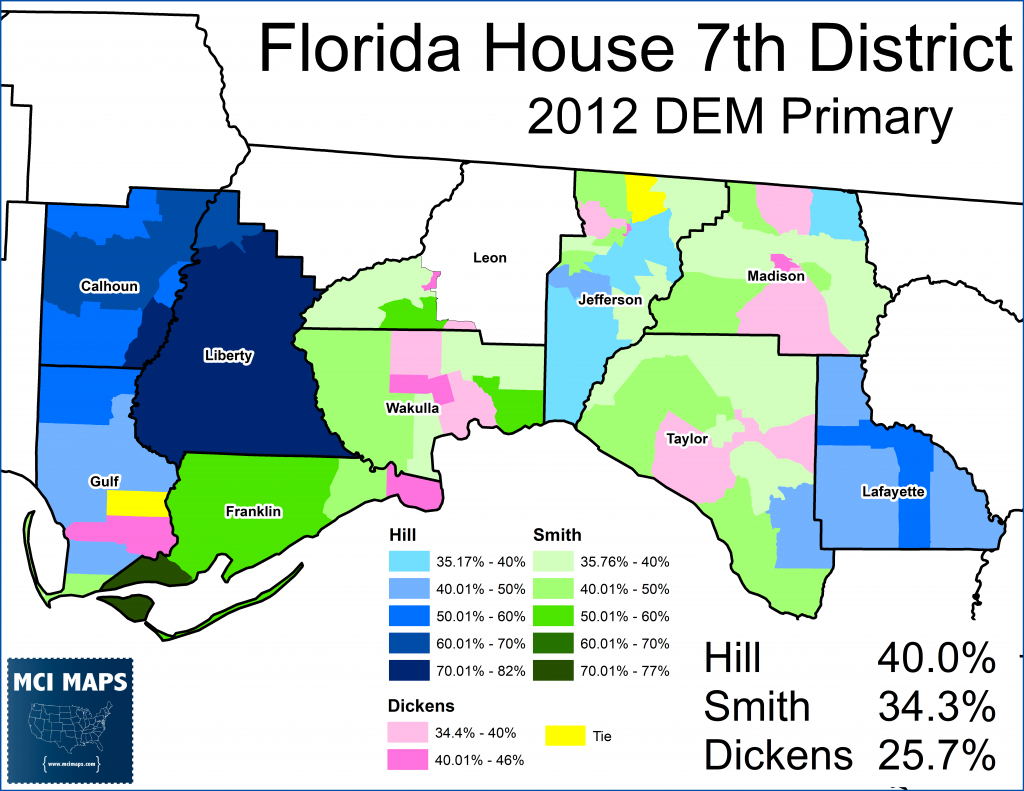
On the GOP side, Beshears won a four way primary by consolidating support in his Jefferson base and the middle counties of the district.
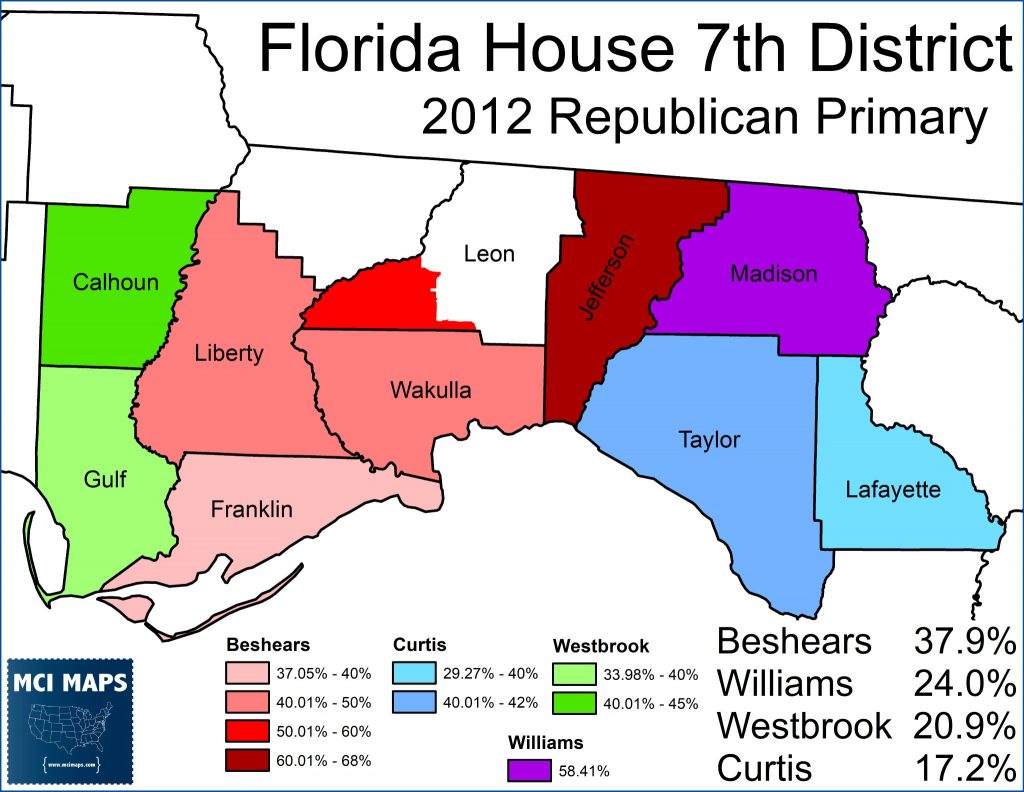
In the general, Hill was outmatched by Beshears; who far out-raised Hill. State Democrats focused on other districts and the seat was considered lost. Hill wound up losing by 20 points, though he did win Liberty.
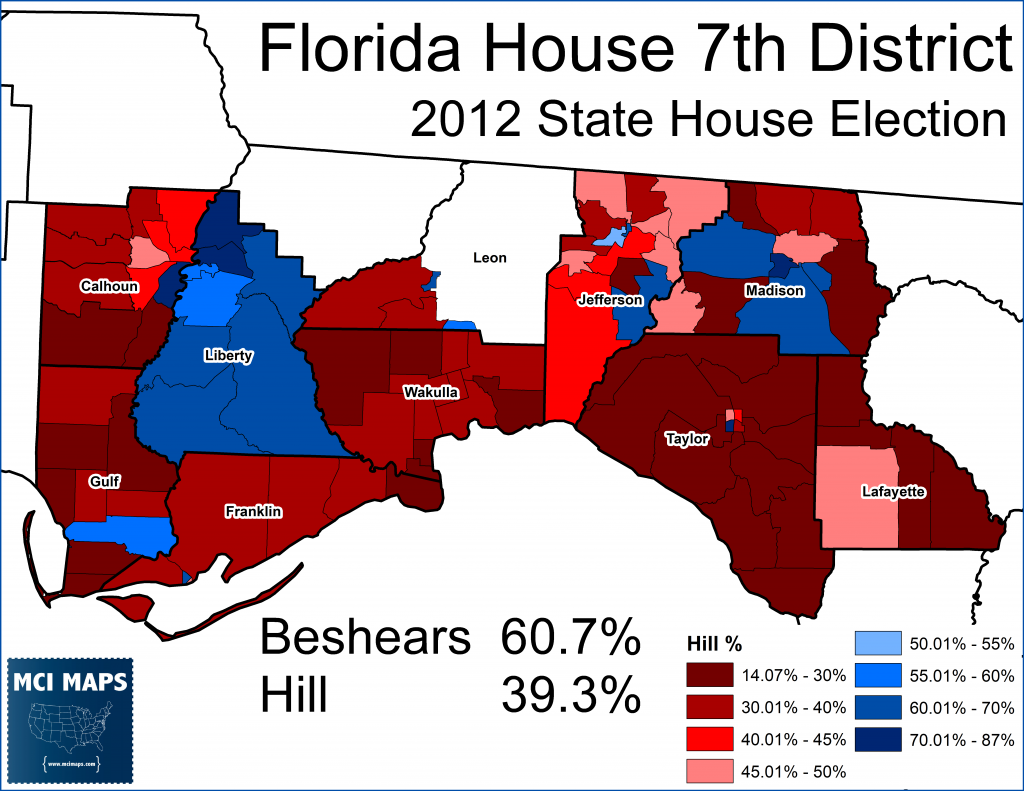
Hill did better than Obama in much of the district while doing worse around Beshears’ Jefferson County base.
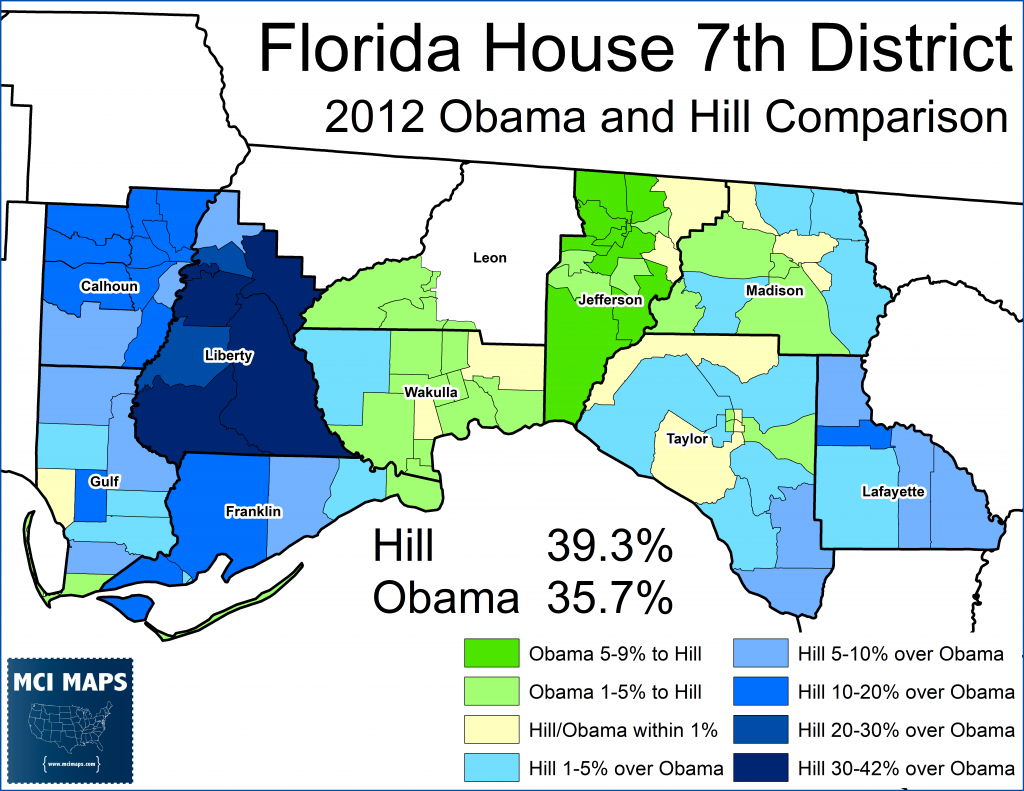
Since that race, Democrats didn’t field a candidate in 2014, 2016, or 2018.
Since 2012
After 2012, the district continued to trend more to the GOP. Rick Scott easily took the seat in his Gubernatorial re-election. Two years after, Donald Trump and Marco Rubio easily won the seat. Hillary Clinton’s 29% marked the lowest point for a democrat.
The district was still majority democratic in registration, but these democrats continued to reject the national party. In the 2016 Presidential primary, almost 10% voted for Martin O’Malley; who had dropped out months earlier, as a protest vote.
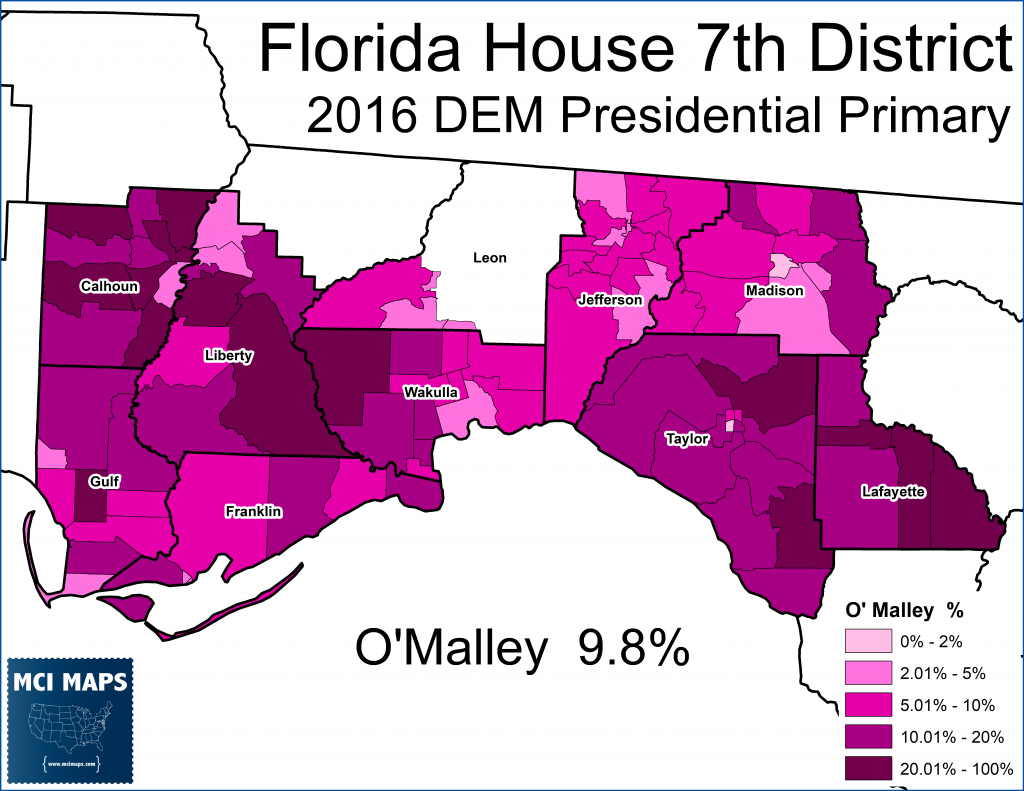
The primary protest vote was similar to what took place in 2008; where John Edwards almost won the district despite being on the verge of dropping out.
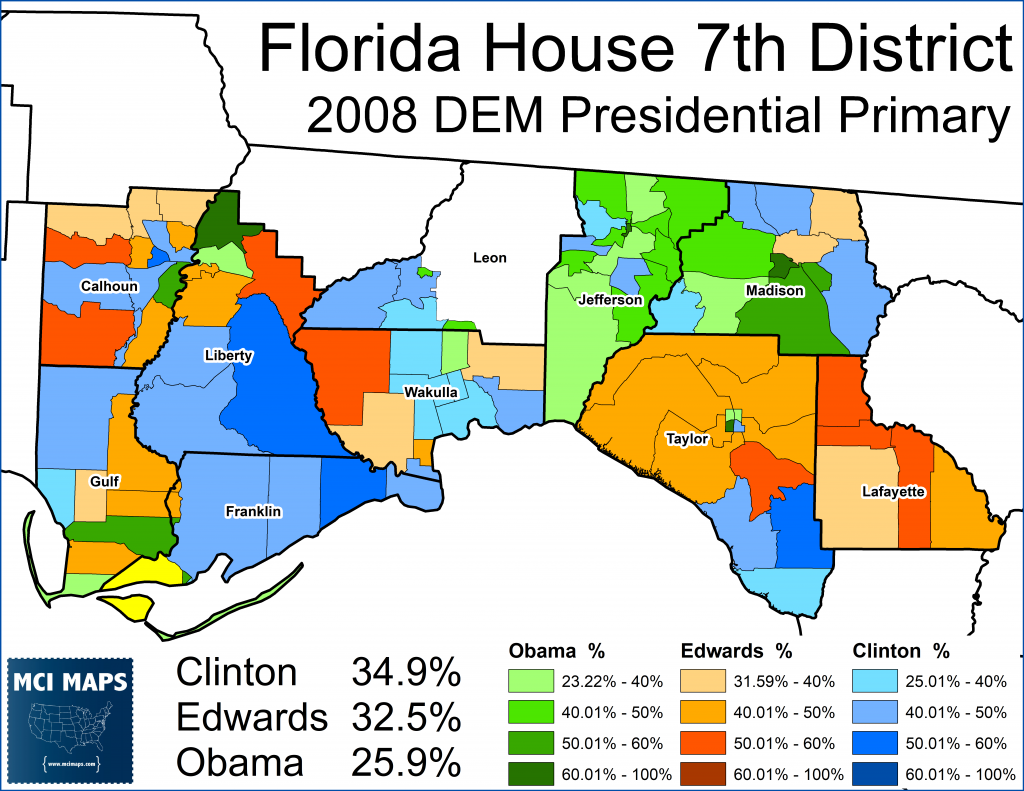
Then, in 2018, the district easily backed all GOP candidates. The strongest performing Democrat was Bill Nelson; who despite having won the district 3 times before, only managed 35% of the vote.
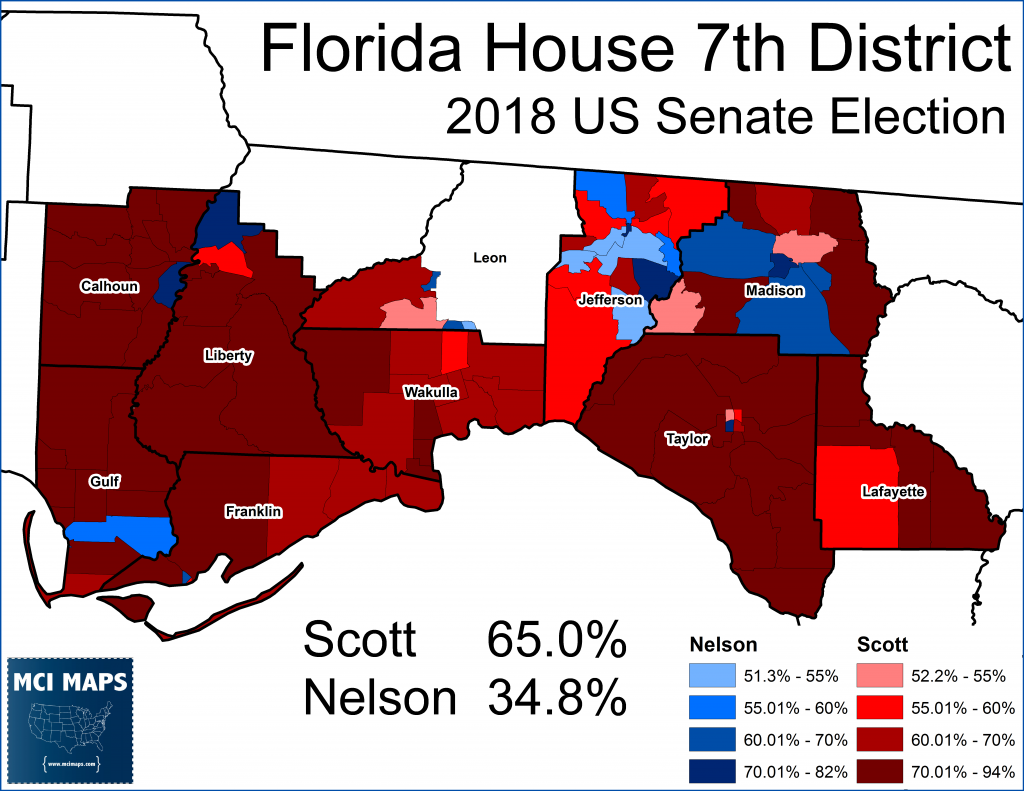
This collapse for Nelson really highlighted the end of his appeal with rural democrats. He did manage to do a bit better than his fellow party members, but it was not nearly what it once was.
The shift in the district has been monumental since 2000. The seat used to split tickets much more and several Democrats managed wins even as they lost statewide. Two notable examples of that are Bill McBride, the democratic nominee for Governor in 2002; and Betty Castor, the US Senate nominee in 2004.
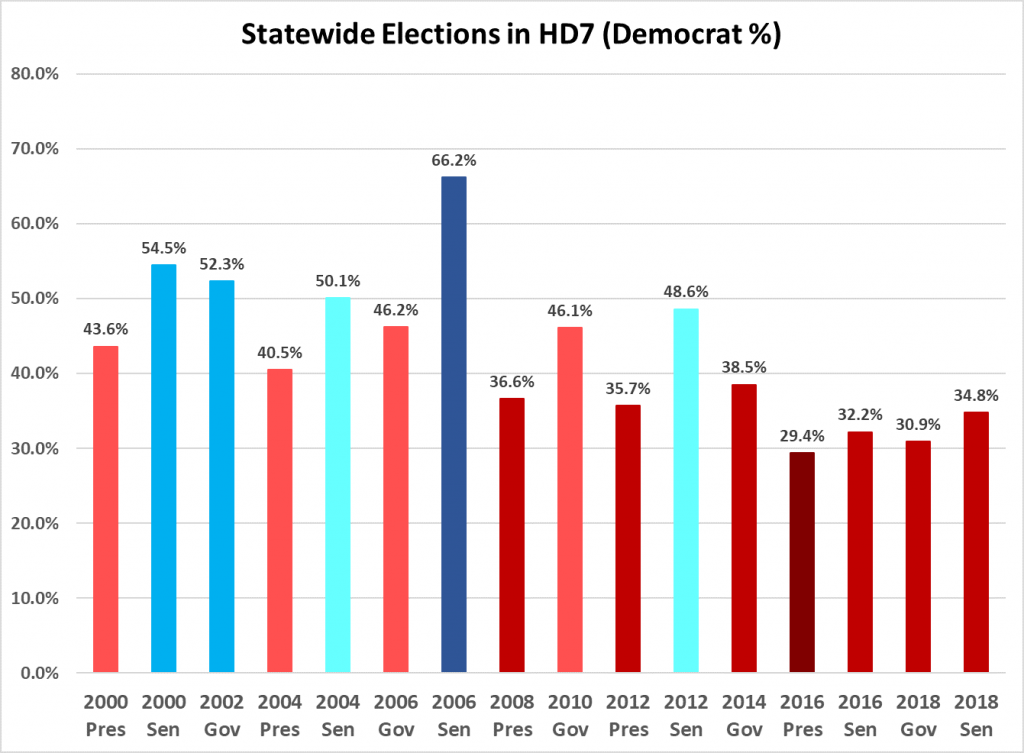
Nelson was the last statewide Democrat to win within the district’s borders – and that was a narrow plurality win. The district has also continued to move more to the right at the local level as well. Registration has been shifting as conservative democrats die, move, or change parties; causing GOP share of the vote to grow. In 2018, Democrats were just under 50% of the vote, far below their 2012 share.
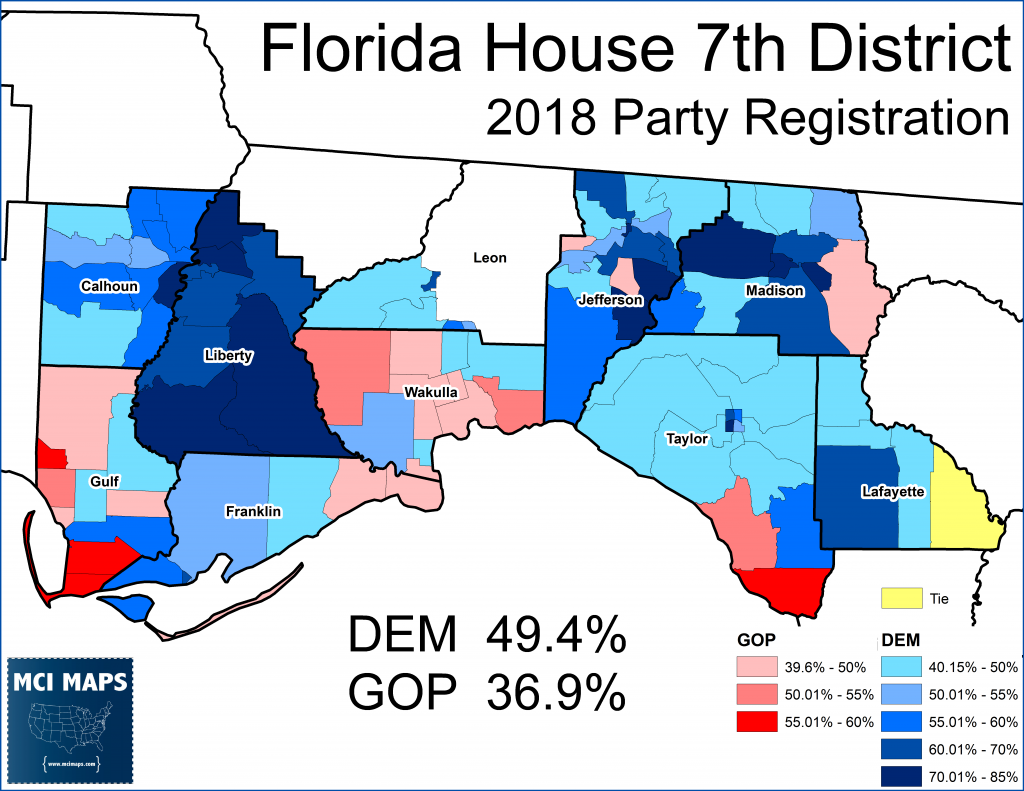
At the local offices level, things have begun to move as well. The table below shows the breakdown of local officials in each county for HD7. Since 2013, the number of Democratic officers and commissioners has declined.
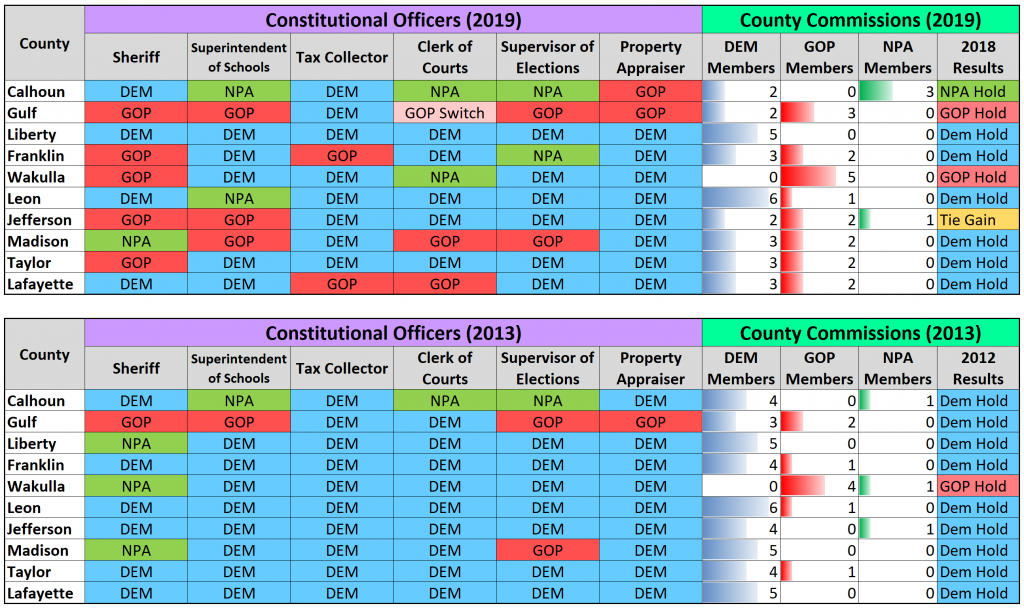
There are still more democratic officials than Republican ones. However, with each cycle that gap continues to shrink.
The only other Democrat to win in the district in recent years is State Senator Bill Montford.
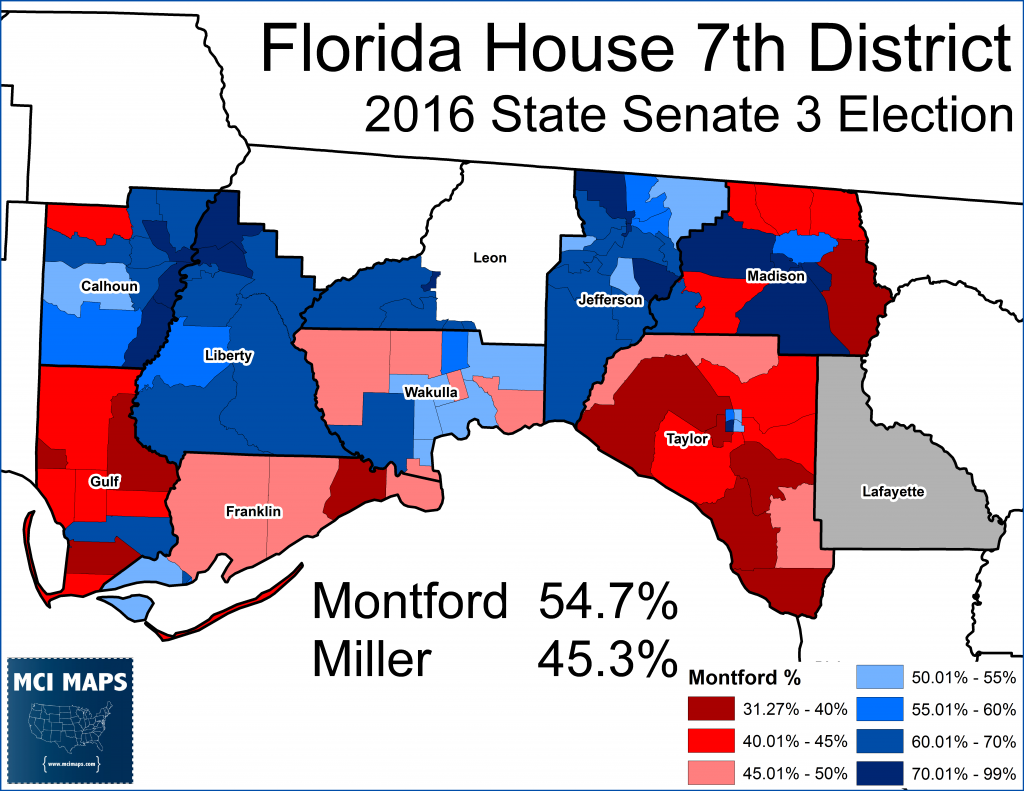
Montford, a moderate democrat with strong ties in rural communities and originally from Calhoun County; faced a underfunded opponent who had no real basis of support. Montford easily won the district (Lafayette isn’t in his Senate seat) but this margin in HD7 was still below his 67% re-election in his entire Senate seat. Montford had the largest over-performance from Clinton in 2016.
2019 Special Election
In December of 2018, a month after he was elected Governor, Ron DeSantis announced he would appoint Beshears to head the Florida Department of Business and Professional Regulation. This meant a special election would be needed to fill the seat
Four Republicans filed for the seat, but much of the attention was given to two businessmen – Jason Schoaf and Mike Watkins. Both raised over $200,000 for the seat and got into very nasty altercations on the campaign trail. Another candidate, Lynda Bell, was actually a former county commissioner in Miami-Dade before she moved to North Florida. Bell had far less money but did secure support from pro-life groups.
The race was expected to be close. Shoaf was counting on racking up huge margins in his Gulf County base, while Watkins would need big margins out of Wakulla. However, Shoaf wound up winning in a landslide, beating Watkins by 22 points.
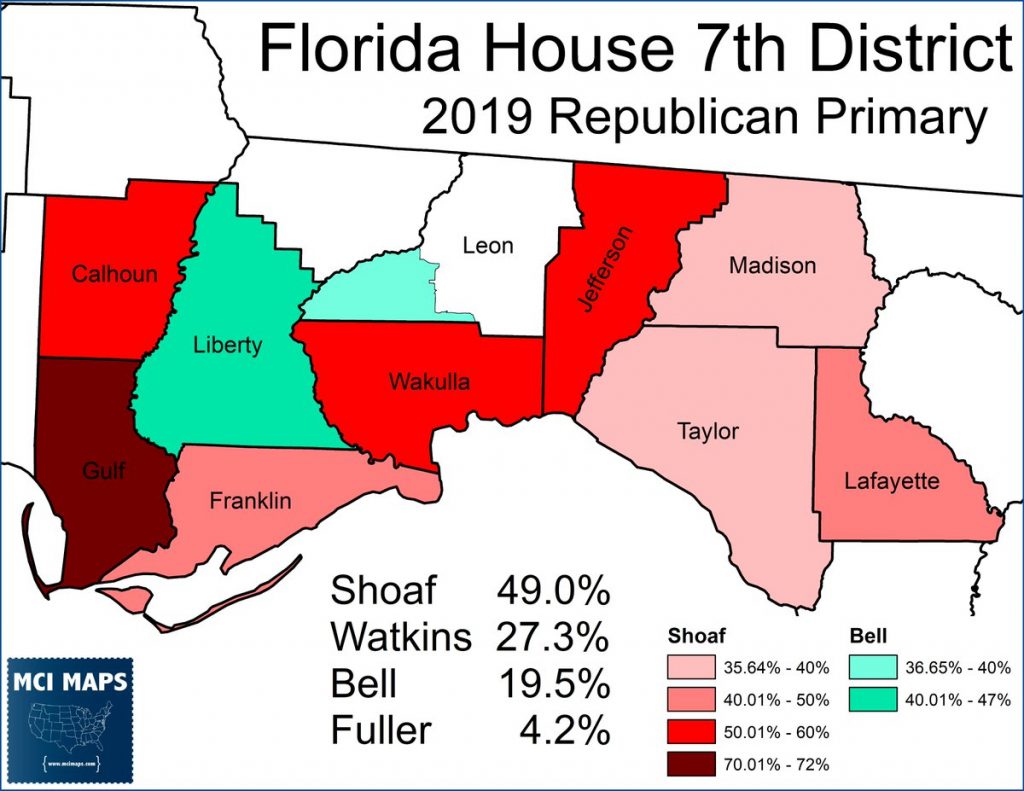
Shoaf won 8 of 10 counties, with Watkins winning none. Bell, who was based in Leon, won her home and Liberty county. Watkins only makes it on the map when going to the precinct level. He didn’t come especially close to winning his home base of Wakulla, but almost took Taylor.
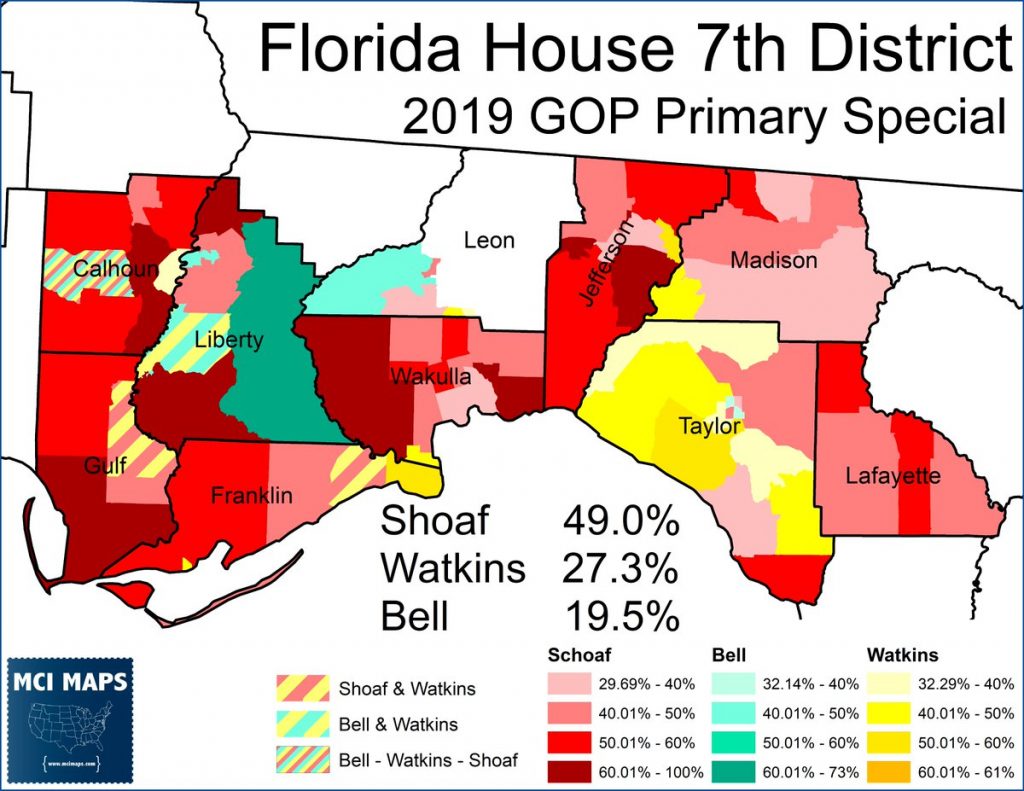
With the GOP primary settled, it now goes to the general. Shoaf faces Democrat Ryan Terrell; who is a longtime leader with the Florida Young Democrats based out of Leon County. As of book closing, Democrats made up 49% of registered voters.
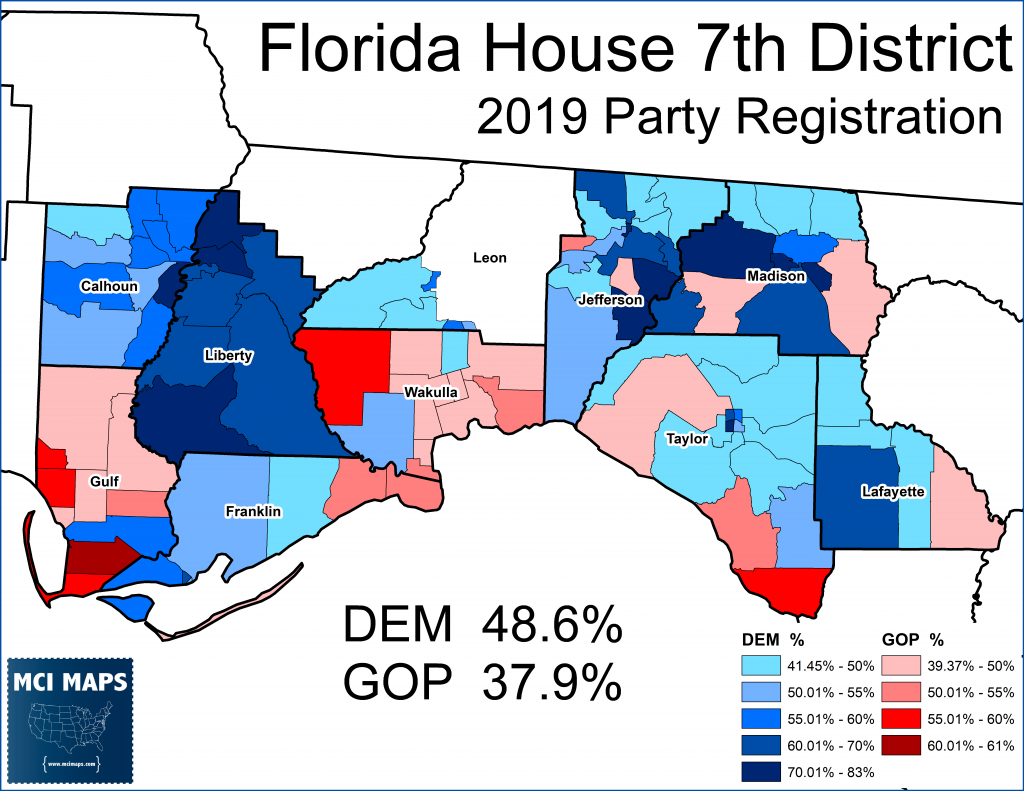
Ryan Terrell has had far less money than Shoaf, bringing in less than $15,000 dollars. His campaign is relying on on-the-ground interaction, trying to reach as many folks in what is going to be a low-turnout race. Shoaf, meanwhile, is largely sleep-walking through the general and spending modest funds. The district is sure to stay in GOP hands. As of Monday morning, the votes cast between early and VBM are 54% Republican, way above their share of registration.

Turnout so far is lopsided in the GOP’s favor and unless election day is drastically different, the electorate voting won’t even be the same type of conservative democrats that are already tough to win.
The reason for this turnout disparity are no doubt linked to money and the GOP primary. A half-a-million dollar primary let Republicans of the district know about the election to begin with. Democrats had no primary and Terrell has not had the resources to engage the Democrats of the district. This will likely lead to significant loss.
The lack of real investment in the HD7 race, compounded by the 2012 loss, confirm that the days of rural/white democratic members are not coming back anytime soon. While improving margins in rural areas must be a Democratic priority; the days of HD7 backing Democrats with over 50% is long gone. Soon the district won’t even be Democratic in registration and the era of North Florida rural Democrats will be a distant memory.
(Update) General Results
The results were a landslide win for Shoaf. He took every county in the district, only falling below 60% in Jefferson.
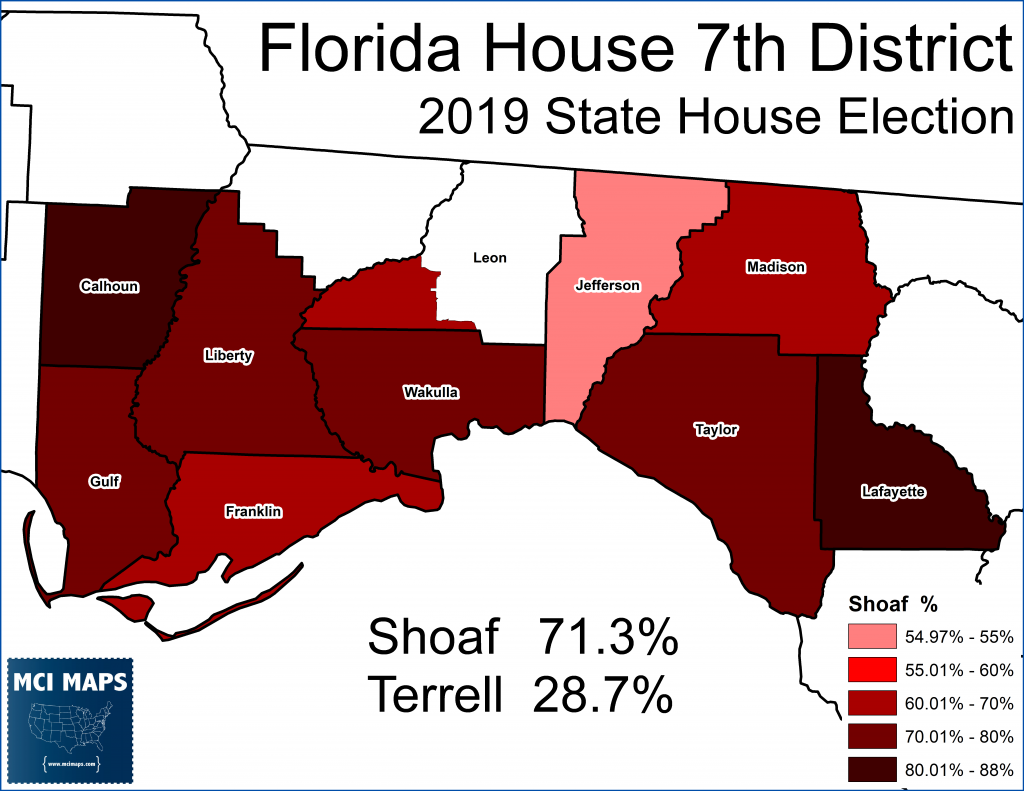
Terrell fell just under Hillary Clinton’s share of the vote. He got a higher % than she did in four counties and lower in 6.
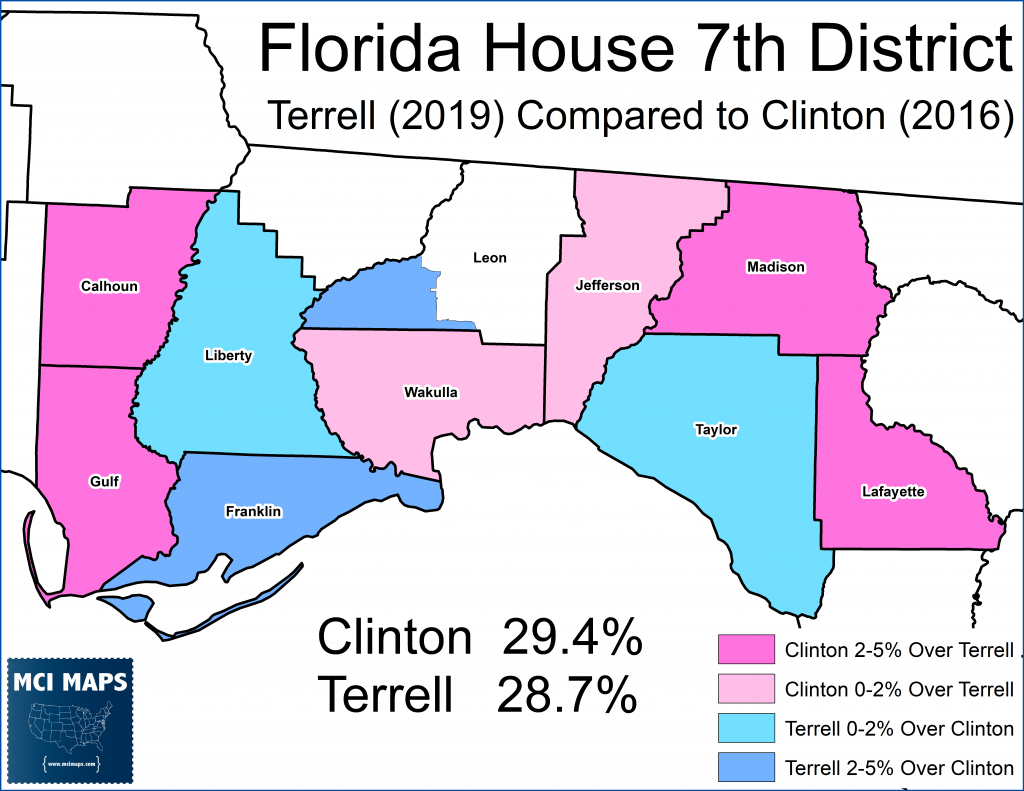
When comparing results based on the margin between the DEM and GOP candidates, Terrell did better in two counties – his home base of Leon, and the coastal county of Franklin. There was a huge drop in Madison, which I suspect (but can’t verify yet) was due to weaker African-American turnout.
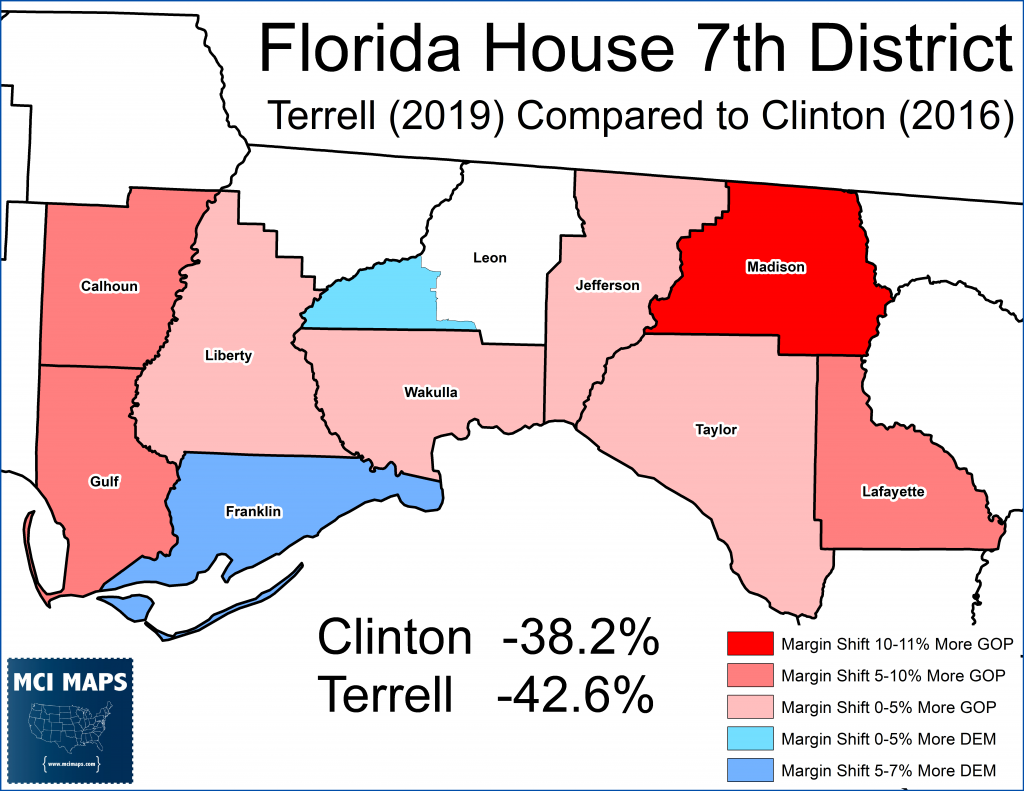
Overall what led to such a lopsided loss was turnout. We don’t have election day data for four counties, but what we do have shows an electorate 53% Republican, far higher than their registration figure.

This meant Terrell and Shoaf were fighting in an electorate very different from 2016 or 2018. Republicans were the highest share ever and Terrell still had to deal with the conservative democrats who are known to split tickets. This turnout made winning, or even keeping it close, impossible.
Moving forward, its unlikely a real effort will be made to take the seat. Democrats in Florida have several higher priority targets and defenses. HD7 got a little attention thanks to it being a special and its unique registration vs voting habit, but now it will fade back into the realm of politically safe and forgotten districts until the next GOP primary emerges.

